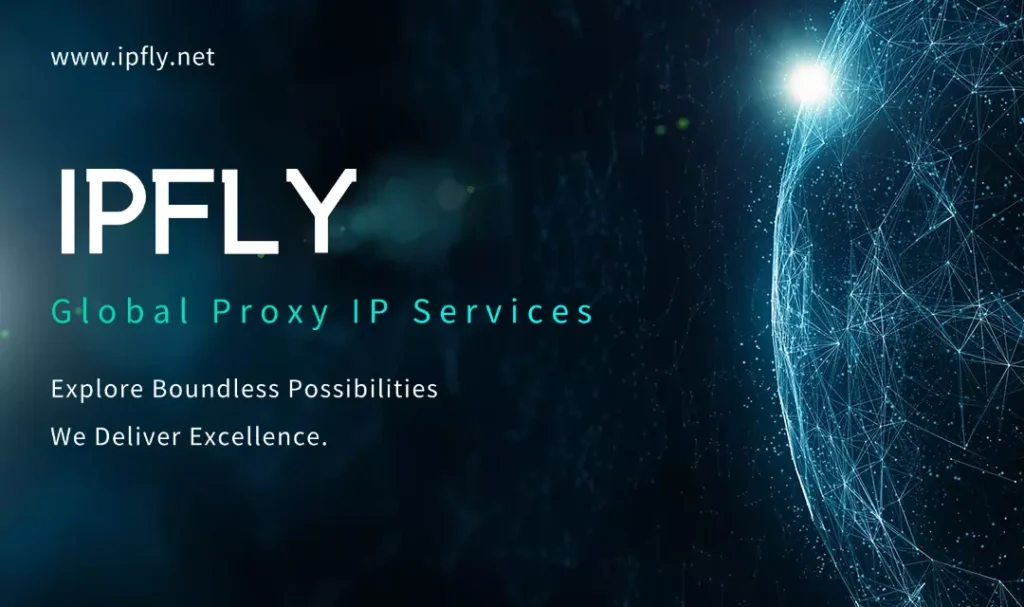When it comes to web scraping, choosing the right programming language is the foundation for success. The two most formidable contenders in this arena are Python, the reigning champion of simplicity and ecosystem, and Go (Golang), the powerhouse challenger built for speed and concurrency.
This guide provides a definitive comparison to help you determine the best tool for your data extraction projects, from simple scripts to massive-scale enterprise operations.

The Case for Python: Simplicity and a World-Class Ecosystem
Python has long been the default language for web scraping, and for good reason. Its gentle learning curve and readable, “batteries-included” philosophy make it incredibly accessible for developers of all skill levels.
Unmatched Library Support
Python’s greatest strength is its mature and extensive ecosystem. You are never starting from scratch.
BeautifulSoup: The go-to library for parsing HTML and XML. It’s flexible, forgiving, and makes navigating complex document trees a simple task.
Scrapy: A full-featured, asynchronous web scraping framework. Scrapy handles the entire process, from sending requests and managing sessions to processing data pipelines, all in an efficient, non-blocking manner.
Requests: A simple and elegant HTTP library that makes sending requests and handling headers or cookies incredibly straightforward for smaller projects.
Speed of Development
What Python may lack in raw execution speed, it makes up for in development speed. You can build, test, and deploy a functional scraper in a fraction of the time it might take in a lower-level language. For startups, researchers, and time-sensitive projects, this is a critical advantage.
The Verdict: Python is the undisputed champion for rapid prototyping, small-to-medium-sized projects, and anyone who prioritizes ease of use and a rich library ecosystem.
The Case for Go: Blazing Speed and True Concurrency
Go is a language built by Google with modern computing in mind. It was designed to solve problems of scale and performance, making it a natural fit for high-demand, large-scale web scraping.
Elite Performance
Go is a compiled language, meaning it translates directly to machine code. This gives it a significant performance advantage over interpreted languages like Python. When you are scraping millions of pages, the reduced overhead and faster execution time can translate to massive savings in time and server costs.
Superior Concurrency
This is Go’s killer feature. Go was built with concurrency as a core principle, using lightweight processes called “goroutines.” While Python’s concurrency is constrained by the Global Interpreter Lock (GIL), goroutines can run truly in parallel.
This allows a Go-based scraper to easily manage tens of thousands of simultaneous connections with minimal resource consumption. For projects that demand massive parallel scraping, Go is in a league of its own.
A Growing Ecosystem
While younger than Python’s, Go’s scraping ecosystem is powerful and efficient:
Colly: The most popular web scraping framework for Go. It’s fast, flexible, and provides a clean API for handling requests, parsing responses, and managing data extraction.
Goquery: A library that brings a jQuery-like syntax to Go, making it simple to parse and manipulate HTML documents, similar to BeautifulSoup.
The Verdict: Go is the clear winner for large-scale, high-performance scraping operations where speed, resource efficiency, and true concurrency are paramount.
Summary: A Tale of Two Scraping Philosophies
| Feature | Python | Go (Golang) |
| Performance | Good, but slower (interpreted) | Exceptional (compiled) |
| Concurrency | Good (Asyncio), but limited by GIL | Superior (built-in goroutines) |
| Ease of Use | Excellent (beginner-friendly) | Good, but steeper learning curve |
| Library Ecosystem | Massive and Mature | Growing and Powerful |
| Development Speed | Very Fast | Slower, more verbose |
| Best For | Rapid Prototyping, Beginners, Data Analysis | Large-Scale Scraping, High-Performance Tasks |
The Non-Negotiable Tool: A High-Performance Proxy Network
Whether you choose Python’s flexibility or Go’s raw speed, your scraping project will fail if it is not built on a robust proxy network. Aggressive web scraping from a single IP address is the fastest way to get blocked, rate-limited, or fed misinformation.
This is especially true for the high-concurrency tasks where Go excels. Sending thousands of requests per minute requires a proxy solution that can match that scale and performance.
Highlight: The IPFLY Advantage for Scalable Scraping
This is where IPFLY provides a critical advantage for both Python and Go developers.
Massive IP Pool: With over 90 million residential and datacenter IPs, your scraper can rotate through a vast, global pool of addresses, making your traffic indistinguishable from real user activity.
Unlimited Concurrency: IPFLY is built on dedicated high-performance servers that support massive concurrent requests with no limits. This is the perfect complement to Go’s powerful goroutines, allowing you to scrape at maximum velocity without fearing bottlenecks.
High Purity and Success: IPFLY leverages proprietary algorithms to filter for only high-purity, real residential IPs. This ensures an exceptionally high success rate (99.9% uptime) and prevents your scrapers from being blocked by sophisticated anti-bot systems.
Protocol Support: Full support for HTTP/HTTPS/SOCKS5 ensures seamless integration with any language or framework, from Scrapy and Requests in Python to Colly in Go.
Heads up! The IPFLY Telegram community just dropped a “2025 Anti-Crawl Proxy Guide”—only for new joiners! First visit IPFLY.net to check services, then join the group to grab it—spots fill fast. If you want to save time, act now!

Whether you’re building a quick Python script or a large-scale Go application, integrating IPFLY’s proxy network is the key to ensuring your data collection is stable, reliable, and scalable.


